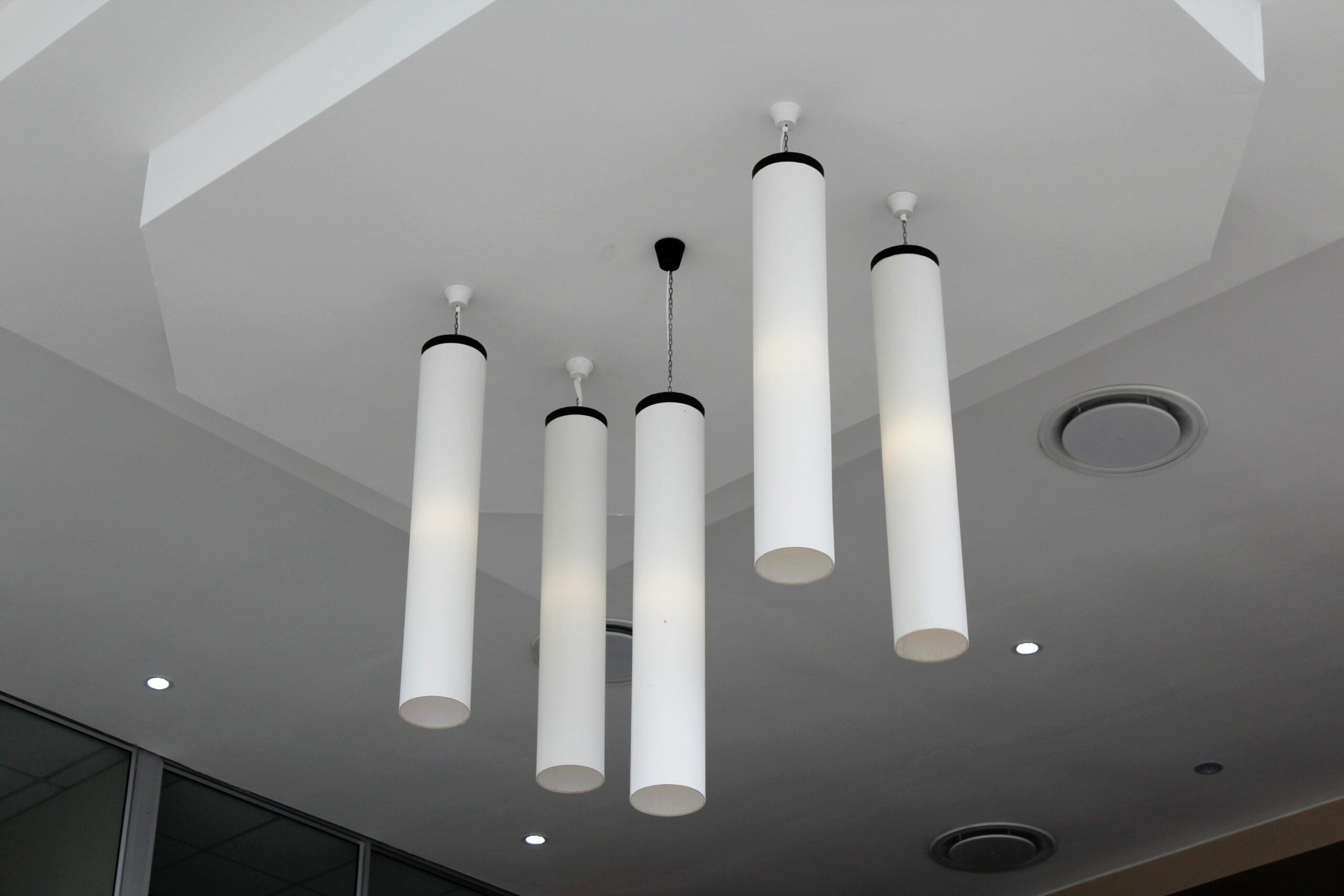I remember the first time I painted a ceiling. It was back in college, and I was trying to spruce up my dorm room.
I figured it would be a quick and easy project, but boy was I wrong. I started at the top, thinking that way I could just let the paint drip down.
But then I realized that I was getting paint all over the walls and floor. And when I tried to fix it, I just made things worse. It was a mess. But I learned my lesson, and now I’m here to share my tips with you on how to paint a ceiling the right way.
Table of Contents
Gather Your Materials
Before you start, you’ll want to make sure you have all the materials you need. Here’s a list of what you’ll need:
- Paint and paint brush or roller
- Drop cloth or plastic sheeting
- Tape measure
- Ladder
- Sandpaper
- Paint tray
Prep the Room
Before you start painting, you’ll want to prep the room. First, move all the furniture out of the way or cover it with drop cloths. Then, cover the floor with drop cloths or plastic sheeting to protect it from spills.
Next, use the tape measure to measure the dimensions of the room, so you know how much paint you’ll need. Then, use the sandpaper to smooth out any rough spots on the ceiling. This will help the paint go on smoothly and evenly.
Start at the Edges
When it comes to painting the ceiling, it’s best to start at the edges and work your way in. This way, you can get a nice, clean line along the walls without worrying about getting paint on them.
Use a paint brush or roller to apply the paint to the edges of the ceiling, working your way inward. Be sure to use even strokes and pay attention to any drips or splatters.
FAQ
Should I use a paint brush or roller?
Both a paint brush and roller can be used to paint a ceiling. A paint brush is good for small areas or for getting into tight corners.
A roller is good for larger areas and will give you a more even coat of paint. It’s up to you to decide which one you prefer.
How long should I wait between coats?
It’s best to wait at least 2-4 hours between coats of paint, so the first coat has time to dry. If you’re using multiple colors, you’ll want to wait even longer, so the different colors don’t mix together.
What if I get paint on the walls?
If you do get paint on the walls, don’t panic. Simply wait for the paint to dry and then carefully scrape it off with a scraper or putty knife.
If there are any stubborn spots left behind, you can use a little bit of paint thinner to remove them.
Finishing Up
Once you’ve finished painting the ceiling, you’ll want to let it dry completely before putting the furniture back.
This could take anywhere from a few hours to a few days, depending on the humidity and temperature in the room. Once the paint is dry, you can add any touch-ups or second coats if needed. Then, sit back and enjoy your freshly painted ceiling!
Conclusion: “Ain’t No Ceiling High Enough”
Painting a ceiling might seem intimidating at first, but with the right tools and a little bit of patience, it’s a task that anyone can tackle.
Just remember to start at the edges, use even strokes, and give the paint plenty of time to dry. With these tips, you’ll be well on your way to a beautiful, freshly painted ceiling.
Happy painting!
